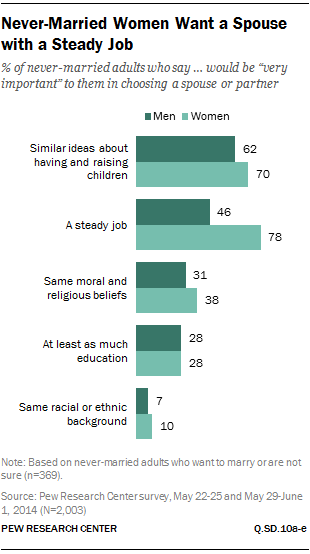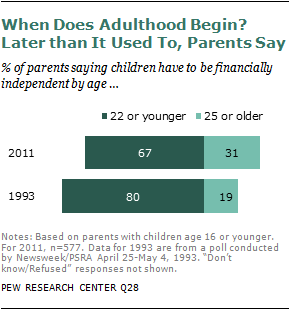This collection of stories about the public pension problem should get the attention of taxpayers and government employees relying on future pension payouts. (Of course, these two groups are not mutually exclusive.)
Next School Crisis for Chicago: Pension Fund Is Running Dry (New York Times)
Illinois on the hook for $670 million more in teacher pensions for next budget (Chicago Tribune)
‘Exploding pension costs are the single biggest threat to local government’s ability to deliver needed services’ (Cost of College)
From the No Pension Bailout website:
State pension systems across the nation are dramatically underfunded. Reasons vary, but in most cases state governments have failed to allocate sufficient money to their retirement systems. additionally states granted overly generous benefits to workers without proper regard for the cost of these benefits.
Recent calculations estimate unfunded pension liabilities to total roughly $2.5 trillion – creating state budget crises nationwide. States are being forced to slash budgets for education, healthcare, and public safety to make room for the spiraling costs of pensions. Some states are working to fix the problem, but others are not, instead content to wait for federal bailout of state pensions. A bailout would force states with the resolve to fix their problems to subsidize those that prefer handouts – destroying state’s fiscal sovereignty and creating one of the largest transfers of wealth in the history of our country.
A problem with accounting methods used by state governments
State pension systems across the country are in a state of crisis. According to the Pew Center on the States, states estimated their unfunded pension liabilities at $757 billion in 2010. Most pension experts, however, take issue with the standard actuarial methods used by most public pension plans, which lets state governments hide billions of dollars in pension debt. Under more reasonable accounting standards, states’ pension debt grows to more than $2.5 trillion.
Inflated discount rates hide true taxpayer liability
Economists Robert Novy-Marx and Joshua Rauh, for example, challenge the unrealistic investment targets and discount rates used by public pension systems to adjust their liabilities into today’s dollars. They found that the median discount rate used by the largest pension systems in the U.S. was 8 percent. This means that the pension funds anticipate earning 8 percent annual investment returns. Pension experts believe high discount rates encourage states to invest their pension funds in riskier assets in order to justify using inappropriately high discount rates. In effect, using high discount rates allows government pension plans to hide hundreds of billions of dollars in pension debt from taxpayers.
These inflated discount rates have become so unreasonable that both the Governmental Accounting Standards Board and Moody’s Investors Service issued new rules in 2012 that require state governments to use more realistic assumptions. These new rules require governments to use discount rates closer to the yields from corporate and municipal bonds, which will provide a clearer look of pension finances. In Illinois, the new reporting rules will more than double the state’s officially-reported pension debt.
In the private sector, a guaranteed benefit must use risk-free returns in calculating future liability. But for public pensions, the taxpayers are expected to meet the huge gap between overly optimistic promises and the reality of low investment returns.
As most experts explain, public pension funds should use lower discount rates to reduce the investment risk to taxpayers. This typically means that the discount rate should be based on risk-free returns, such as Treasurys. These discount rates would reveal that between half and three-quarters of all public pension debt is hidden by accounting gimmicks. If government pension plans were subject to the same reporting rules as private pension plans, their reported pension debt would nearly triple.
Do the math:
Median discount rate used by largest public pension funds – 8%
Current 10-year US Treasuries rate – 1.6%
Progressives Sour on Chicago Teachers (Via Meadia)
…[T]he city of Chicago most certainly can run out of money. Things like extra money for music and art teachers could be great ideas or could be bad ones depending on where it comes from. But it’s not as if Chicago Public Schools is sitting on some giant pile of money that administrations have just been refusing to use. On the contrary, it’s actually sitting on a large unfunded pension obligation. . .
In our local school district, pension costs are soaring to make up for unreasonably optimistic pension promises.
… pension costs have risen more than 50% over the last two years and now account for 7.2% of the total budget, up from 5.1% in 2010-11. This has meant ongoing cuts in student services as taxes are diverted to pay for pensions. The trend is up, and by 2015 pension costs are expected to eat up 35 percent of property tax collections.






